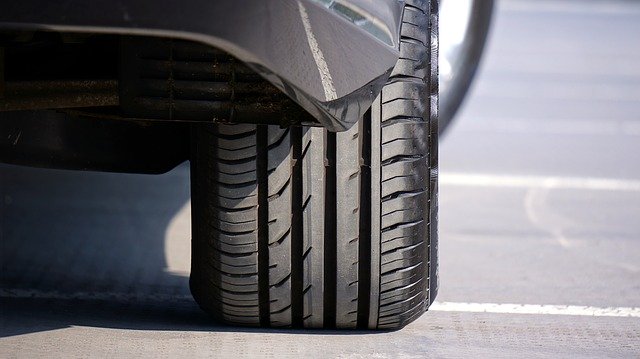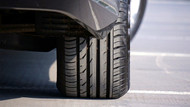What Is a Tire Pressure Monitoring System (TPMS)?
17th Jul 2020

Maintain Tire Pressure
Maintaining proper air pressure in your vehicle's tires is essential for a safe driving experience. If they are overinflated, or underinflated they may blow. At the same time, the lack of proper air pressure will lower your vehicle's gas mileage, resulting in more costly rides. While a traditional gauge can be used to check air pressure in tires, some vehicles are designed with a tire-pressure monitoring system (TPMS) for this purpose.
Overview of TPMS
A TPMS is an on-board system in some vehicles that's designed to read and monitor the air pressure in tires. It consists of an electronic system with a sensor at each tire. The sensors read the tires' air pressure to determine whether they are properly inflated.
How a TPMS Works
Although there are several types of TPMSs, most of them work in a similar way by monitoring air pressure in tires to determine whether they are properly inflated. If the air pressure in one more tires drops below the pounds-per-square inch (PSI) for which they are specified, the TPMS will trigger an indicator light on the vehicle's dashboard.
What to Do If the TPMS Indicator Is Illuminated
Consisting of an exclamation point in the center of a tire icon, the TPMS indicator is used to notify drivers that their vehicle's tires aren't properly inflated. As previously mentioned, it triggers when the TPMS's sensors indicate an improper PSI in a tire. So, what should you do if the TPMS indicator is illuminated on your vehicle's dashboard?
When you discover the TPMS indicator lit up, you should find a safe place to pull over and inspect your vehicle's tires. Ideally, you should use a gauge to manually check the air pressure in your tires. The TPMS won't reveal the exact PSI levels of your vehicle's tires. Rather, it will only trigger the indicator light. To determine if your vehicle's tires are properly inflated, you'll need to use a gauge
While the air pressure in your vehicle's tires, make sure they fall within your vehicle's specifications. Most vehicles are designed to use around 30 to 35 PSI in their tires. If a tire is overinflated, you can release some of the air until it lowers to an appropriate PSI. If a tire is underinflated, you'll need to refill it. Of course, if you're pulled over on the side of the road, you may need to replace the underinflated tire with a donut so that you can safely drive to a mechanic or gas station with an air pump.

